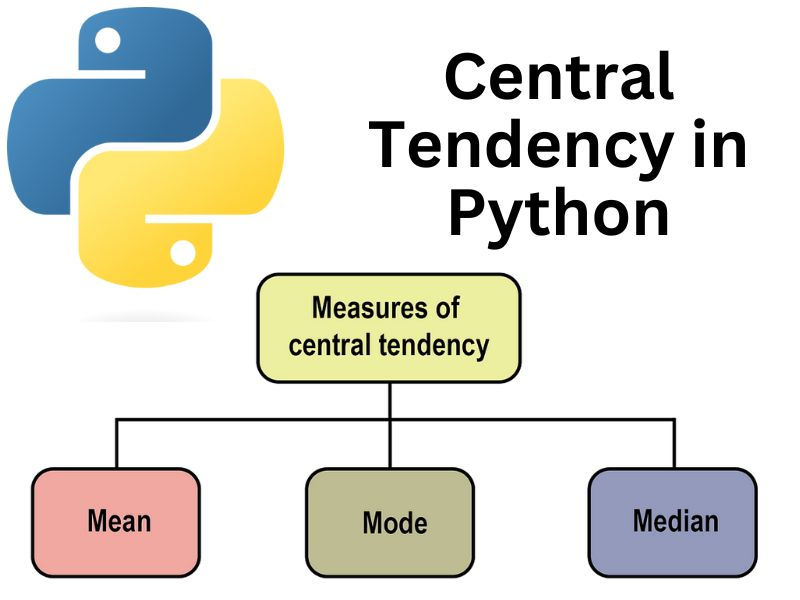Decision Tree in AI: Introduction, Types & Creation
- offpagework1datatr
- Dec 5, 2022
- 2 min read

Decision trees in AI have many advantages as a machine learning technique and are widely used to learn models from data. However, there are certain challenges and limitations that must be taken into account when using decision trees for AI.
Firstly, accuracy is an important factor to consider when using decision trees to build AI models. Decision trees can work accurately with small datasets, but they often struggle with larger or more complex datasets where there are many variables at play. Additionally, decision trees do not perform well if there is noise or outliers in the data.
The second limitation is that interpretation of the resulting decision tree model can be difficult since it’s difficult to trace through the various decisions and understand why a particular result was reached. This makes it difficult to explain how the model came up with its decisions and can lead to incorrect conclusions being made about the insights that were determined from the model.
Thirdly, the time complexity of decision trees is another factor to consider. As the number of variables in a dataset increases, so does the complexity of constructing a decision tree that best describes this data. This can become time consuming as more data points are added or removed from the dataset, making it difficult to construct a useful decision tree model quickly and efficiently.
Another risk associated with using decision trees for AI models is overfitting – when a model is too closely fit to a training set such that it’s unable to generalize well enough for wider applications without significant adjustment or retraining. The use of pruning techniques such as reducing variable splits can help mitigate this risk.
You can also read:



Comments